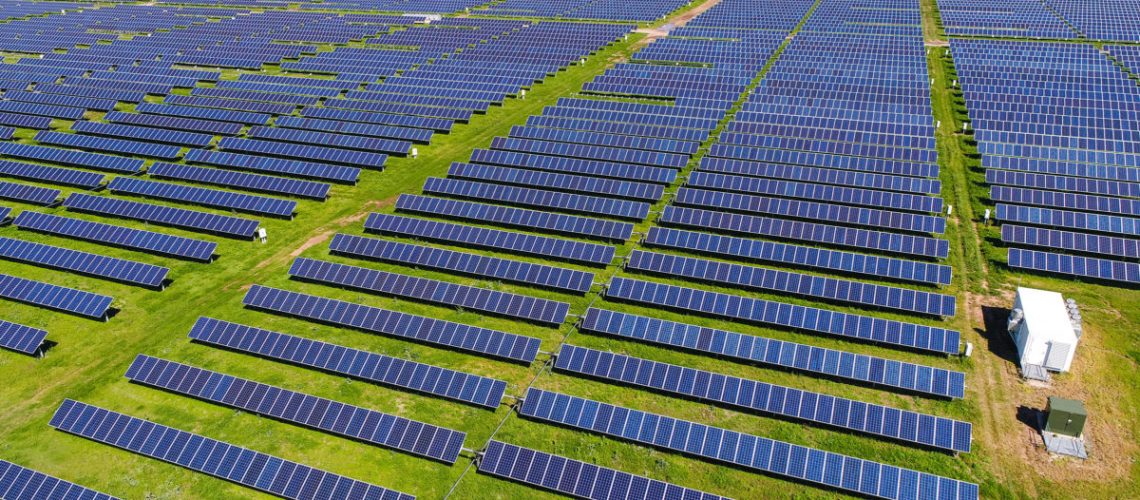To realize the clean energy opportunity, a national strategy should prioritize accelerating investment in clean energy technologies, physical infrastructure, and vertical supply chains, says RMI.
Rocky Mountain Institute (RMI) released the report “Realizing America’s Clean Energy Opportunity,” which describes the once-in-a-lifetime opportunity that America has to promote and invest in the clean energy transition. The report outlines a four-pronged approach of demand-pull, de-risking, infrastructure deployment, and supply chain resilience, and it also proposes a strategy in which development of a clean energy supply chain serves to empower regional communities.
The transition that we are seeing now is real. According to the report, in 2021, global investment in the energy transition stood at $784.4 billion, more than 25 times what it was in 2004. One thing that has changed is the diversity of the investments. Where it was originally in the power sector, today growing markets include the transportation sector, heating technologies, energy storage, green hydrogen, and more. In just about that same time period, global solar power–generating capacity increased from 5.5 GW in 2005 to 789 GW by the end of 2020.
And while we look back to 2004 for this data, the energy transition began long ago. The RMI report says the fight against climate change began with Germany’s feed-in tariff program back in 1990. Fast forward to 2004, and Germany accounted for two-thirds of global demand for solar panels and thus began what the report calls “the economically significant” market for a clean energy technology.
The report contends that we are faced with a “once-in-a-generation opportunity” to make investments that will develop technologies, infrastructure, and products that lead to good jobs, empowered communities and a strong, resilient supply chain.
A recent study estimates that this transition will create positive gross domestic product (GDP) growth in every region of the country and more than $3 trillion in new economic value. “Clean energy is likely to become so cheap, in fact, that total expenditure needed to reach net zero will likely be a fraction of what the United States has historically spent on energy.
Regional effects
The energy transition is happening at different speeds in different regions of the United States, which can be an advantage because different regions can focus on specific clean energy technologies. For example, the Atlantic region will benefit from investments in offshore wind. The Midwest region, known previously for automotive manufacturing, will benefit from investments in EV and battery manufacturing. The Gulf Coast may become a hydrogen hub, etc.
Infrastructure
While there is strong agreement about what infrastructure is needed to support the clean energy transition, there is much debate over how and where it should be built. But in addition to building new infrastructure, the report points out that if we can clear some of the regulatory red tape, the clean energy transition offers an opportunity to consider our buildings, where people live, and how we travel. For example emerging technologies can help revitalize cities and transform urban landscapes while addressing cost of living.
Domestic supply chain
The recent upheavals caused by COVID-19 and Russia’s invasion of Ukraine have made us more aware of the tenuous supply chain and the need for domestic manufacturing in order to ensure resiliency as we begin to deploy clean energy technologies at scale. The report acknowledges that none of the supply chain will be 100% domestic and “nor should they be if the cost competitiveness that drives clean energy deployment is to be maintained”. The steps laid out include leveraging existing national manufacturing programs, expanding R&D, investing in workforce development, creating new public-private partnerships, and establishing regional clean energy industrial clusters. While boosting domestic manufacturing is important, the report notes that procuring materials or products from at-risk areas increases supply chain vulnerabilities. It cites as an example the DOE’s aim to eliminate the use of cobalt in lithium-ion batteries by 2030, reducing manufacturers’ reliance on imports from the Democratic Republic of Congo, where child labor is an issue. On the flip side, the US is looking at the strengths in its supply chain and investing in those areas. Steel, aluminum and glass, as well as cadmium telluride and pervoskites are all manufactured in the United States and used in concentrated solar power (CSP) and thin film solar technologies, which the DOE has made core priorities.
Download the full report here.



